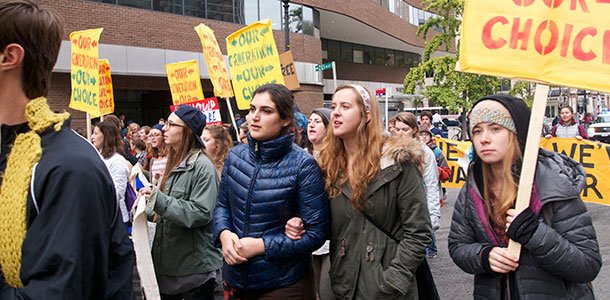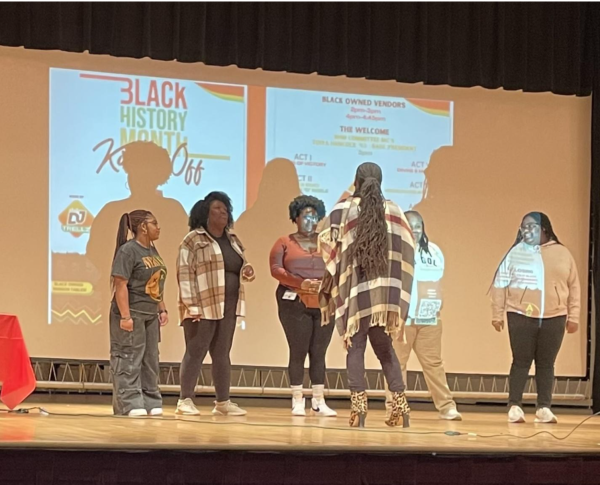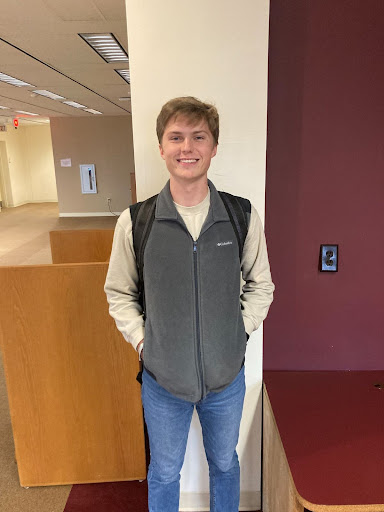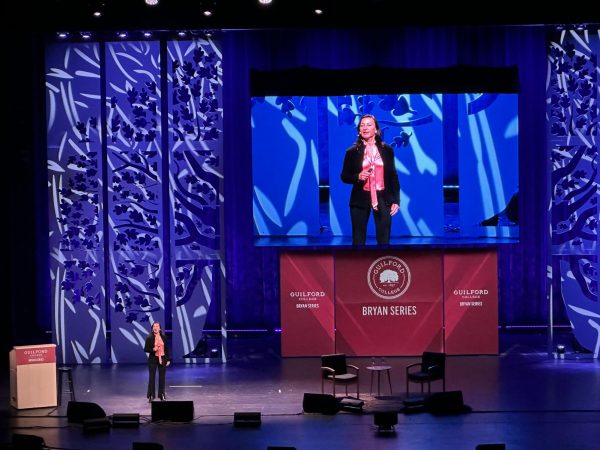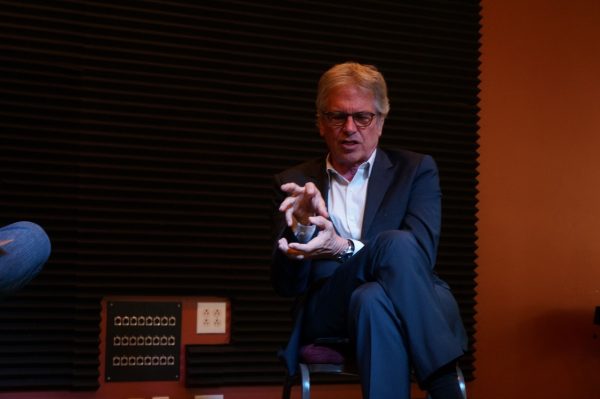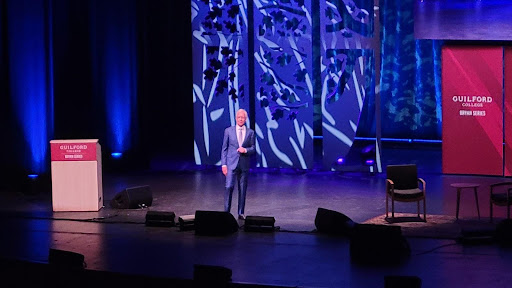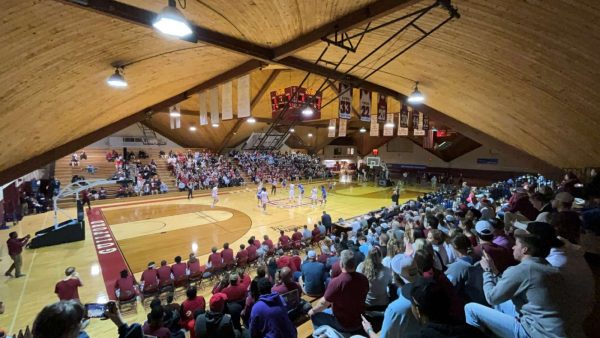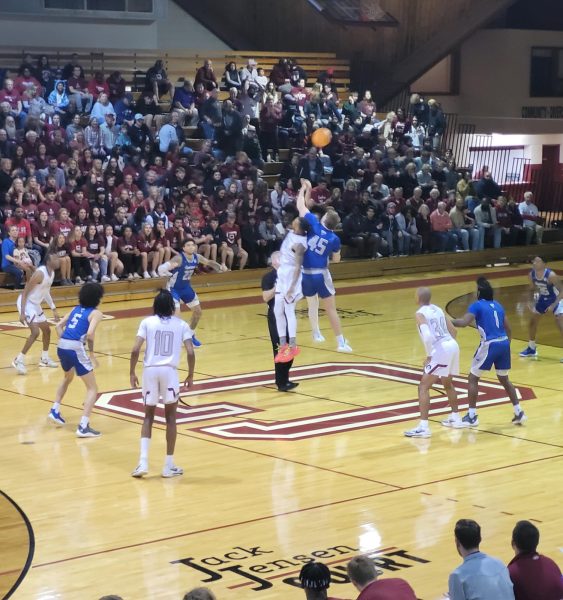A thousand youths unite in Washington, DC
Junior Mara Stern, senior Maile Munroe and junior Becca Mellor march.
Although the minimum age for a U.S. House representative is 25, all members of Congress are at least 30. Are young people’s voices being heard in politics?
According to “Our Generation, Our Choice,” they are not. On Nov. 9, youth from across the nation rallied at the “Our Generation, Our Choice” march in Washington D.C.
The demonstration had two goals. The first was to address topics such as climate change, racial justice and immigration reform. The other was to show that young people have opinions that cannot be ignored.
“The idea is to bring together all of our struggles for justice and equality and say, ‘We, as students and young people, care about these issues,’” said senior Kiernan Colby.
“We will not sit idly by and wait for our political leaders to address them when they feel it’s convenient. We need action right here, right now.”
The march was hosted by numerous organizations supporting a variety of issues. 350.org and Fossil Fuel Divestment Network, for example, addressed climate change. Million Hoodies for Justice tackled racism and United We Dream advocated for immigration reform.
“It’s important to recognize how interconnected our struggles are,” said Colby.
“We can’t work for climate justice without acknowledging how racist climate policy is in the United States. And, we can’t fight racism without also standing in solidarity with our undocumented brothers and sisters.”
The event was a form of civil disobedience. Almost 1,000 demonstrators walked past the White House and blocked the roads, showing their opposition to presidential candidates who did not support their perspectives on the issues. Fifteen attendees were from Guilford College.
Protesters held pickets and signs with motivational phrases like “We are the ones we’ve been waiting for,” “Decolonize your mind” and “Hands off our future.”
“The march (was) not too aggressive, but (it) made the point that we’re serious,” said senior Heather Dukes.
No event can be without faults, however. Some believe the issues discussed were disconnected and unbalanced, the execution of the protest was hypocritical and the demonstration was poorly thought out.
“(Coordinators) had intended to make (the march) intersectional, but they got caught up in its organization and didn’t carry through with their mission,” said junior Eva Cosgrove. “It ended up being an oppressive space where it should have been the exact opposite.”
The rally marked the date of the 2016 presidential election to symbolize the role young people should play in making significant political decisions.
As the protesters stood firm in front of the White House, the Washington Monument could be seen behind their backs.
“It’s important that our generation has a voice, especially with these types of issues,” said Dukes. “They are big and affect our future. We need to realize that things need to change.”
There are multiple ways Guilford students can become engaged in upcoming demonstrations, similar to “Our Generation, Our Choice.”
“On Nov. 29 there is a climate summit in Paris with solidarity marches around the world, including D.C., New York and many smaller cities,” said Cosgrove. “(Students) can get involved in (these events) if they would like to focus on the environment.”
As for social justice issues, a multitude of clubs are available to meet the demand. Students for Climate Justice, Democracy Matters and Guilford Peace Society are all ways to get involved in the community.
“We have a long way to go (in improving these demonstrations) but I think the march was really beneficial, especially for Guilford students, in achieving a new perspective, getting (youth) involved and experiencing the event,” said Cosgrove.

